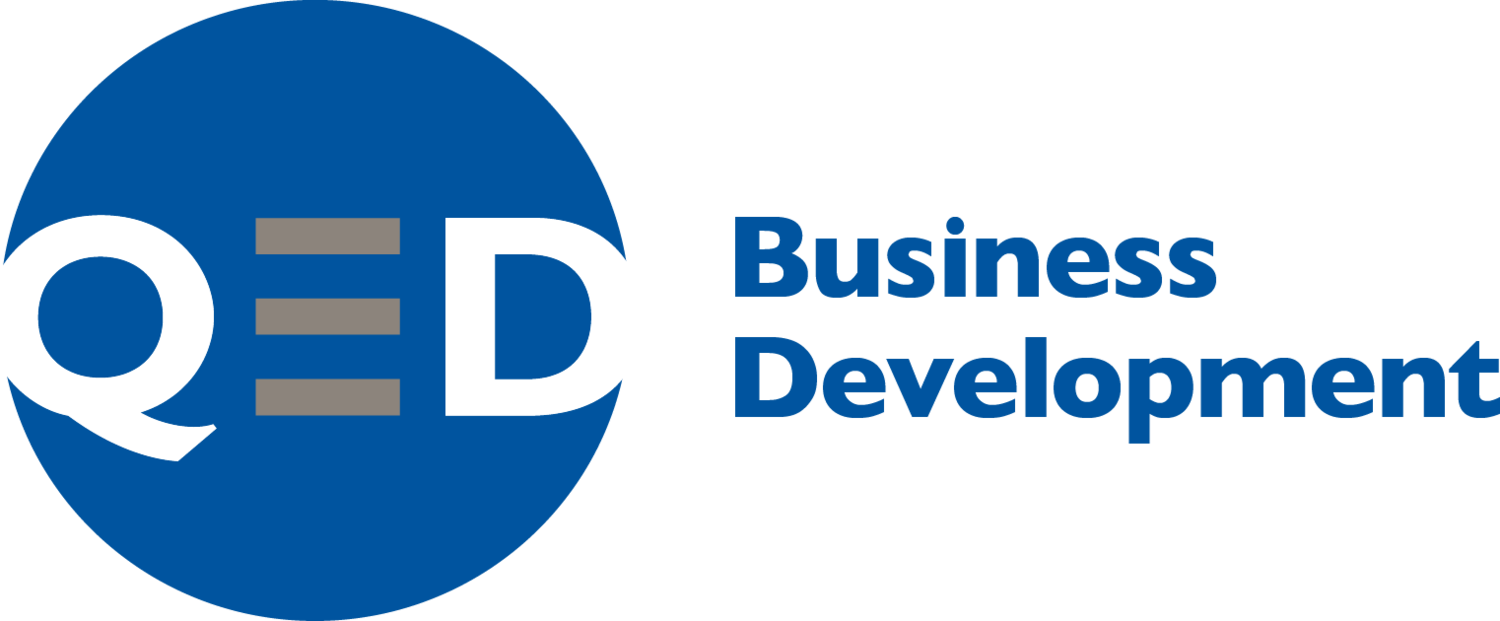My post last month regarding not looking to rainmakers as role models seemed to strike a chord with many of you. So what should you do to make a difference, to improve your success rates? Here’s my top five tips…let me know if agree, disagree or have others to propose.
1. Create a target for the number of BD meetings you need and then use your schedule to stay honest – Australia's outrageously successful AFL coach, Alistair Clarkson, says about the path to success - “it's all either technique or effort”. The next four tips are about technique. They don’t mean anything unless you put in the effort. How much effort do you need to fill your pipeline? Is it a meeting a week that turns into a proposal a fortnight? Is it a meeting a fortnight that turns into a proposal a month? Know your success rates and adjust your effort accordingly.
2. Demand (of yourself) an outcome from every meeting – every time. Do you want an introduction to another decision maker? Do you want to be considered for their next job? Do you want to submit a proposal? If you think you know what the next step should be, propose it. If you don’t truly know what the step will be, ask the client what they think it should be. Agree on the step. If you don’t have a step forward, assess whether there will ever be. If not, make a decision to move on, politely and quietly.
3. Plan for every meeting - if you spend 10-20 minutes planning for every meeting (covering existing clients, prospects, internal referrers, external referrers) and spend time thinking about the Problem/s this person may have, your Solutions that might address these Problems, and the Cost options for your Solution, you will succeed more than you fail. [It will have the added benefit of providing you with additional confidence.]
4. Ask twice as many questions as you answer – planning should NOT result in ‘spruiking’. Be very aware that you are primarily in a meeting to scope the client’s needs. At least you should be if you are early enough in their buying cycle. So plan for, and ask, lots of quality questions that flesh out the problems, identify the scale of the need, and that position you as an eminent provider of a solution.
5. Make a choice. Focus on a special area, problem and/or industry – this will improve your ability to understand the language of the clients and prospects you’re dealing with and reduce the chance you waste time in areas where there are more strategically placed competitors.
Let me know what you think...

